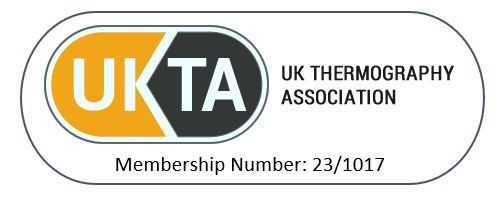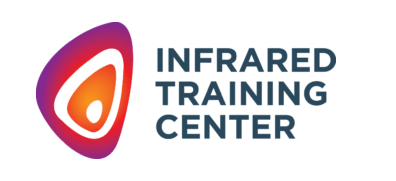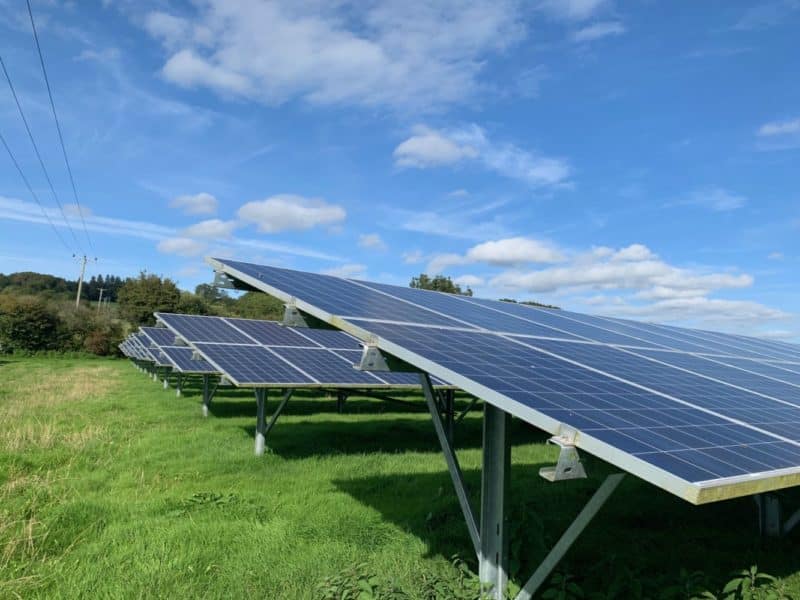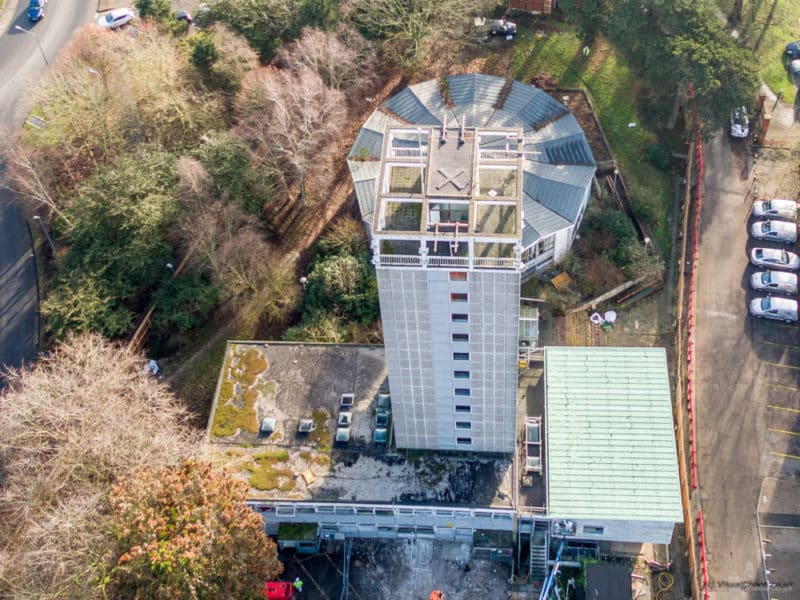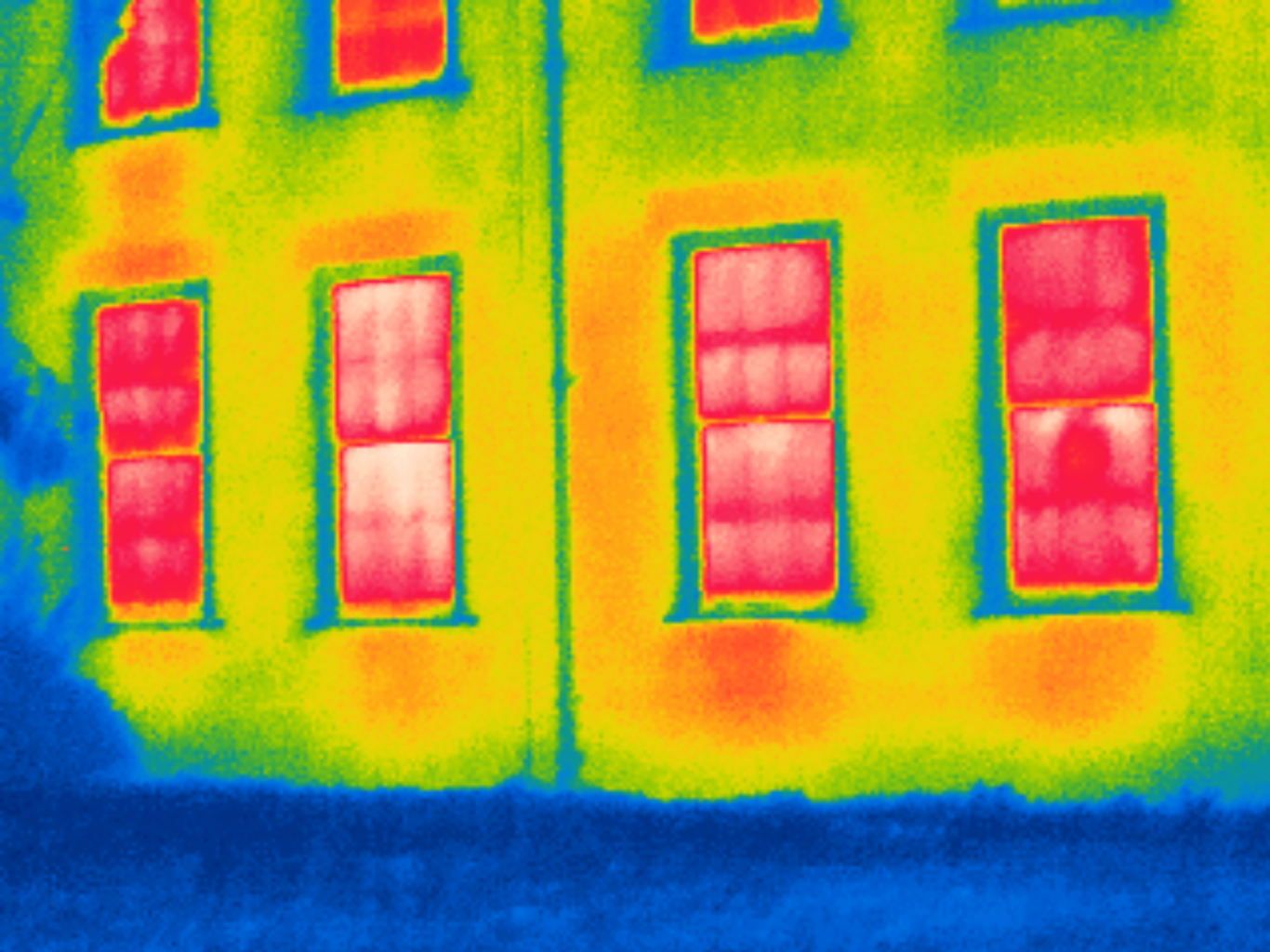
Using Certification Level 3 in Building Thermography
The Importance of Building Thermography Surveys in the UK and the Role of Level 3 Certified Thermographers
Building thermography is a non-destructive diagnostic method that uses infrared technology to detect thermal anomalies in structures. In the UK, this approach has become critical for energy efficiency, structural integrity, and safety assessments, especially with rising environmental standards and compliance requirements like BREEAM (Building Research Establishment Environmental Assessment Method.
Applications of Building Thermography
Energy Efficiency Audits: Identifying heat loss and air leakage in walls, roofs, and windows to reduce energy costs and meet sustainability goals.
Damp and Leak Detection: Pinpointing structural damp or leaks in roofs, walls, and floors to prevent long-term damage
Electrical Inspections: Detecting overheating components to preempt fire hazards.
Building Diagnostics: Locating insulation gaps, thermal bridges, and other hidden defects that may affect a building’s dura.bility and performance.
Why a Level 3 Certified Thermographer is Essential
Level 3 certification denotes the highest expertise in thermography, ensuring accurate inspections and reporting.
These professionals:
- Interpret complex thermal data beyond surface anomalies, often diagnosing hidden structural issues.
- Design and manage thermography programs, providing tailored solutions for buildings of all sizes.
- Ensure compliance with UK and international standards such as ISO 6781 and ISO 18436.
Level 3 thermographers can also evaluate environmental and operational conditions during inspections, which is crucial for valid results. For instance, thermographic surveys in the UK require at least a 10°C temperature differential between inside and outside temperatures, which is best achieved during colder months.
Real-World Applications and Case Studies
- Commercial Building Energy Efficiency: A UK study showed thermography could identify 80% of electrical faults, preventing fire hazards and costly repairs.
- Historic Building Preservation: Thermographic surveys have been instrumental in diagnosing moisture infiltration and insulation issues in listed buildings, enabling non-invasive restoration.
- BREEAM Compliance: Level 3 thermographers are essential for conducting compliant thermal surveys, helping property developers achieve certifications that enhance market value and sustainability.
Benefits for Property Owners and Managers
- Cost Savings: Early detection of defects reduces repair costs and minimizes energy wastage.
Improved Safety: Identifying risks like electrical faults ensures occupant safety.
Regulatory Compliance: Ensures adherence to standards such as Part L of the Building Regulations and enhances BREEAM scores.
Challenges and Best Practices
Environmental factors, such as solar radiation or rain, can distort results. Certified thermographers account for these variables by planning inspections under optimal conditions, such as early mornings in winter. Detailed preparation, including ensuring access to surfaces and adequate heating, is crucial for comprehensive inspections. By hiring a Level 3 certified thermographer, property owners can unlock the full potential of thermographic technology, ensuring accurate diagnostics and effective remedial actions. For more technical insights and services, explore resources like the United Kingdom Thermography Association (UKTA) and BREEAM guidance.
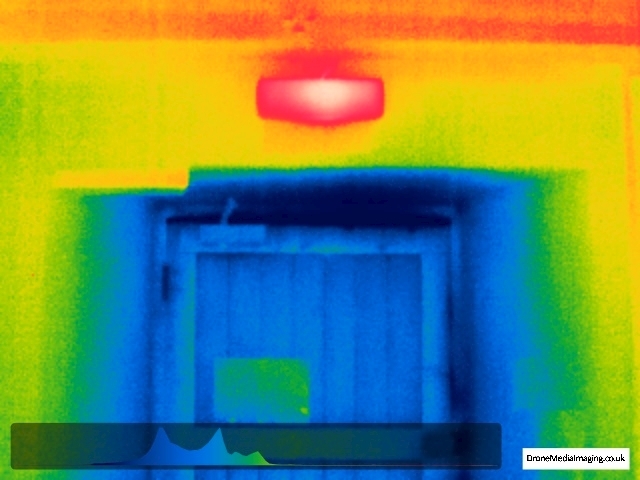
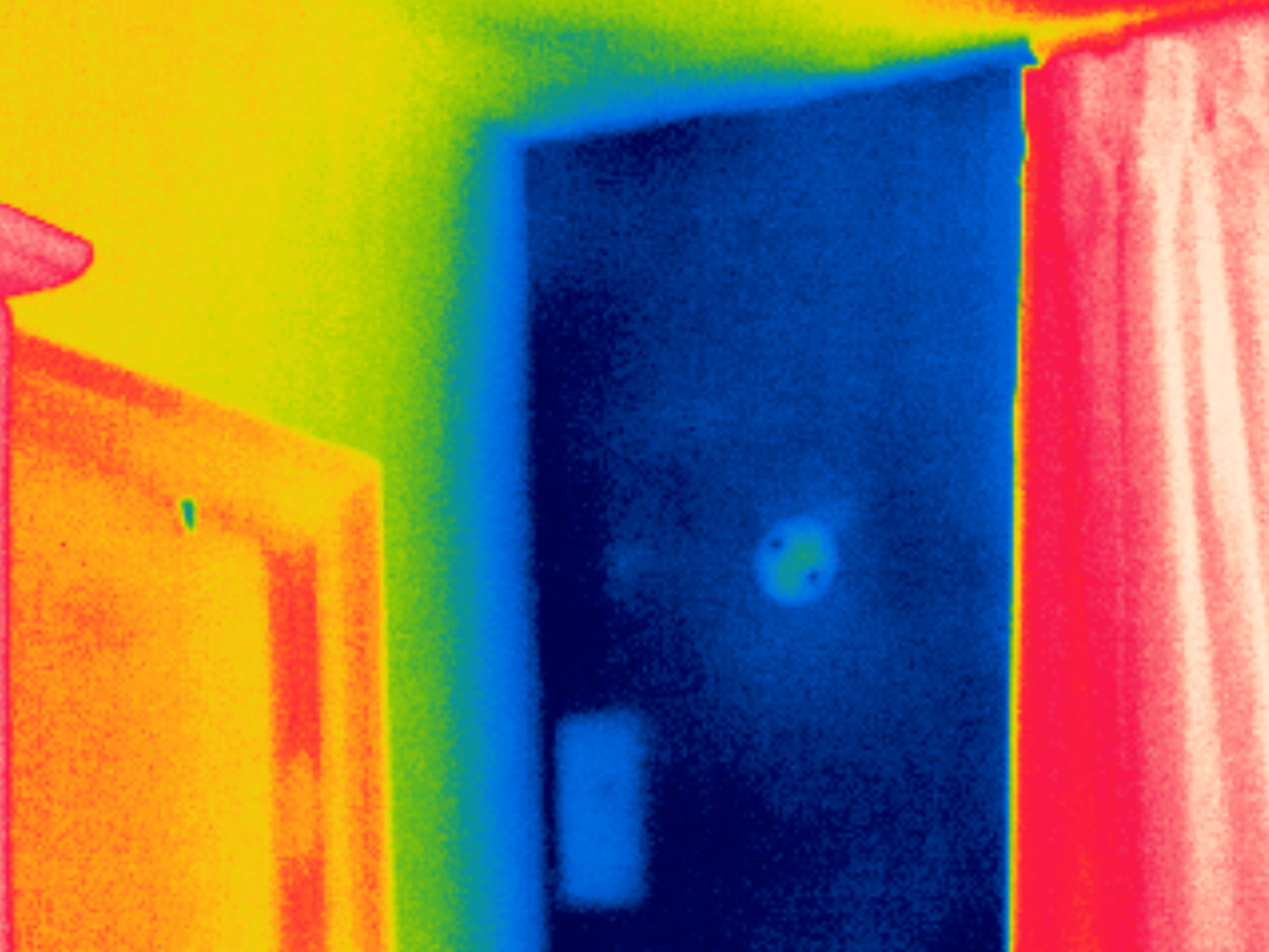
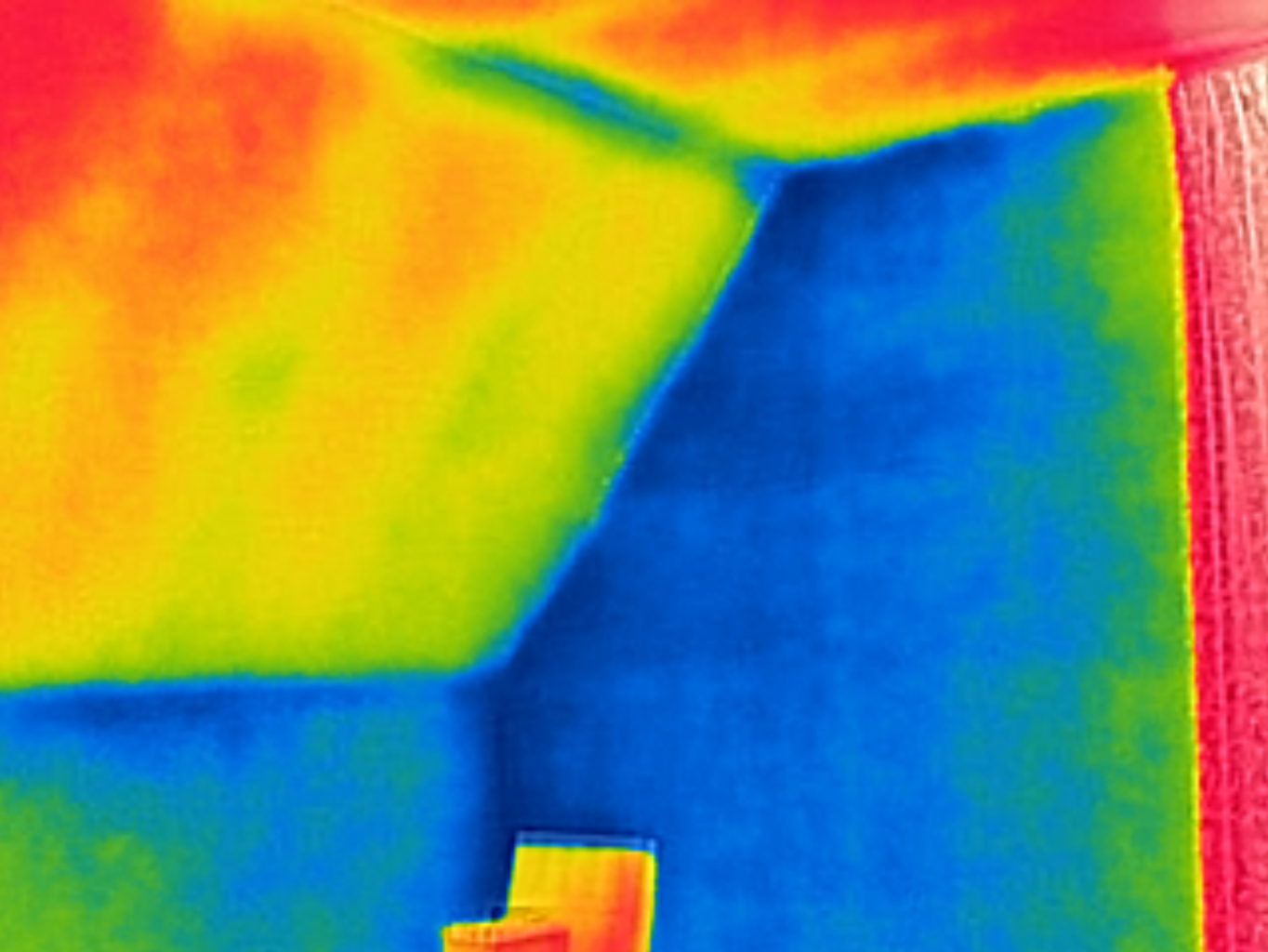
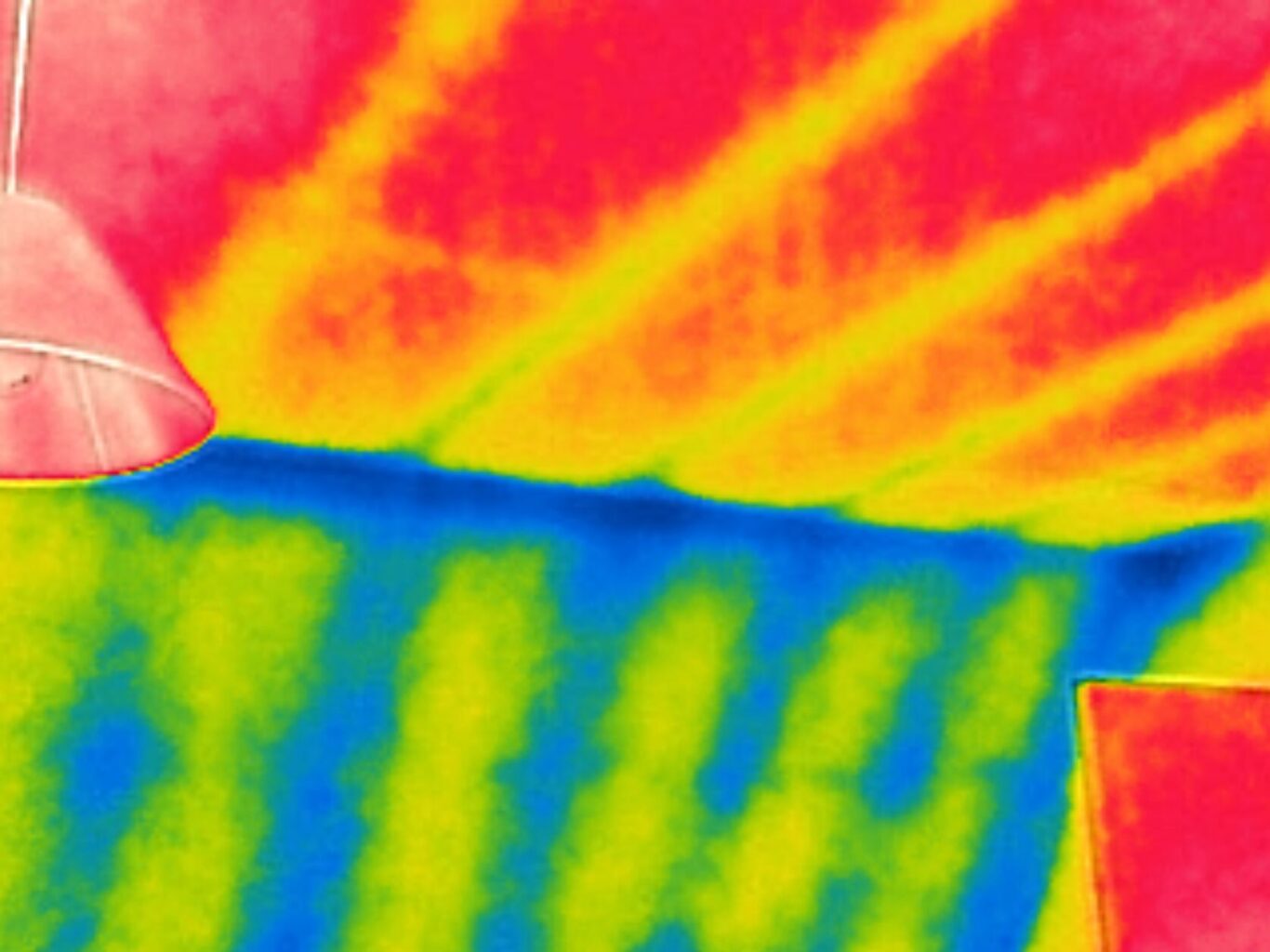

Expert Infrared Inspections for Accurate Thermal Assessments
Need professional thermographic analysis for your project? Our certified experts use the latest infrared technology to deliver precise results. Contact Drone Media Imaging today for expert thermal imaging services.
Expert Infrared Inspections for Accurate Thermal Assessments
Need professional thermographic analysis for your project? Our certified experts use the latest infrared technology to deliver precise results. Contact Drone Media Imaging today for expert thermal imaging services.

